The Jakarta Airport Railink is a 54.3 kilometre long rail service running between Jakarta’s Soekarno-Hatta International Airport and Manggarai station in the central area. It is the only rail link between the Airport and the rest of the city, serving a total of 5 mainline railway stations – the Airport, Batuceper, Duri, BNI City, and Manggarai. Services to BNI City started in December 2017, before being extended to Manggarai in September 2019.
The Railink covers the distance between the airport and Manggarai in a scheduled 52 minutes, and is a viable option for travel to and/or from the airport. I had the opportunity to catch the Railink from BNI City to the Airport, and here’s my experience.
Note: The Railink is also known as “KA Bandara” (Kereta Api Bandara), which literally translates to “Airport Train”. You are most likely to see this on station signage throughout the city.
For the trip on the Railink from the Airport to BNI City, click here.
Buying my tickets
I bought my one-way ticket for the 1:08 PM departure in person at the ticket vending machine for Rp 50,000 (approx. MYR 15.27, SGD 4.31, USD 3.19). These machines come with card readers that accepts PIN enabled cards, and I was able to use my Wise card without issues.
Here are some ways of paying for your ride as a foreign visitor –
- Pre-purchasing on the KA Bandara website or app: You can only buy tickets for specific timings and is not a great idea if your travel is delayed.
- Buying your ticket with a PIN enabled card: Use the card machine at the ticket vending machine.
- Buying your ticket with a Jakarta prepaid cash card: Use the card reader at the ticket vending machine. This only works if you already have a cash card with sufficient balance.
- Buying your ticket with QRIS: QRIS is Indonesia’s QR code payment system, and is available for all Indonesian bank account holders. If you are Malaysian, scan the QR code as if it were DuitNow.
Note that both the website and ticket vending machines sell tickets for specific train timings only, so take the train schedule into account before starting your journey. For more ticketing information, visit the Railink website.
Jakarta Airport Railink Schedules
Trains generally run between 5:00 am and 11:00 pm with departures every 30 minutes, interspersed with 1-hour intervals at various points of the schedule. Any changes to the schedule is usually notified at the stations via pop up banners.
Click here for the full Railink schedules on the Railink website.
Departure from BNI City station
BNI City station, originally named “Sudirman Baru”, is located on the Cikarang Loop Line of the KRL Commuter network and serves both the KRL and Railink.
The station is well connected (by Jakarta standards) to the Dukuh Atas BNI station of the Jakarta MRT via a short walk. BNI City’s own KRL services connects it to the wider KRL network, and the Sudirman KRL station down the line also offers a connection to Dukuh Atas LRT station across the river although this is quite an inconvenient experience.
Access to the station from the street level is via an escalator which puts passengers in the ticketing hall. The ticket hall serves both Railink and KRL passengers, but passengers on both services have to tap in and out at separate fare gates as both the KRL and Railink run on separate fare tables.

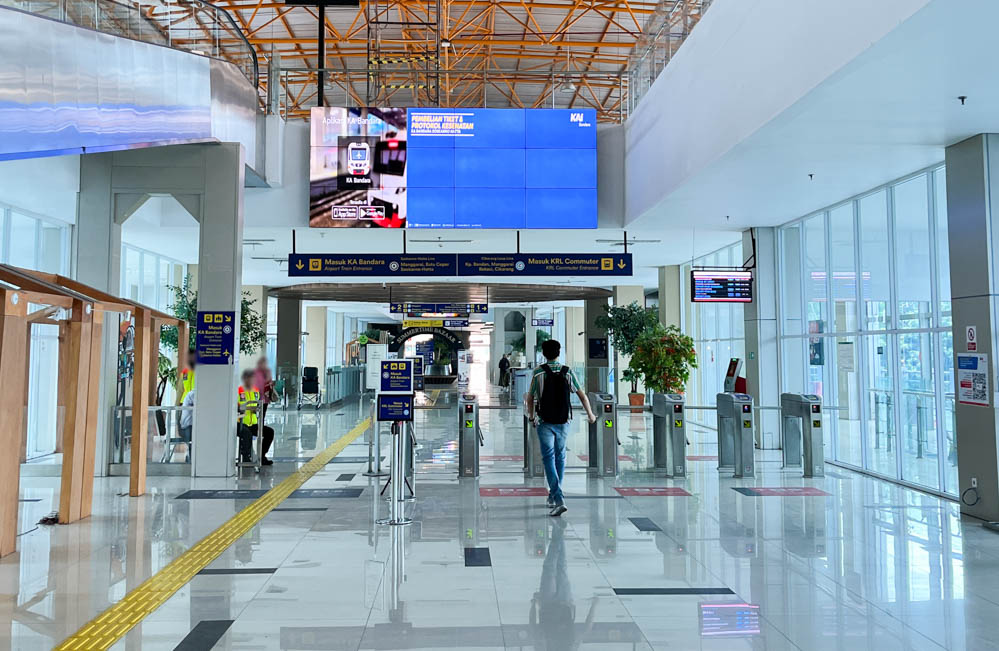
There is a small waiting area after the KRL fare gates consisting of some chairs for Railink passengers and the actual Railink ticket gates, but beyond that there isn’t much else.
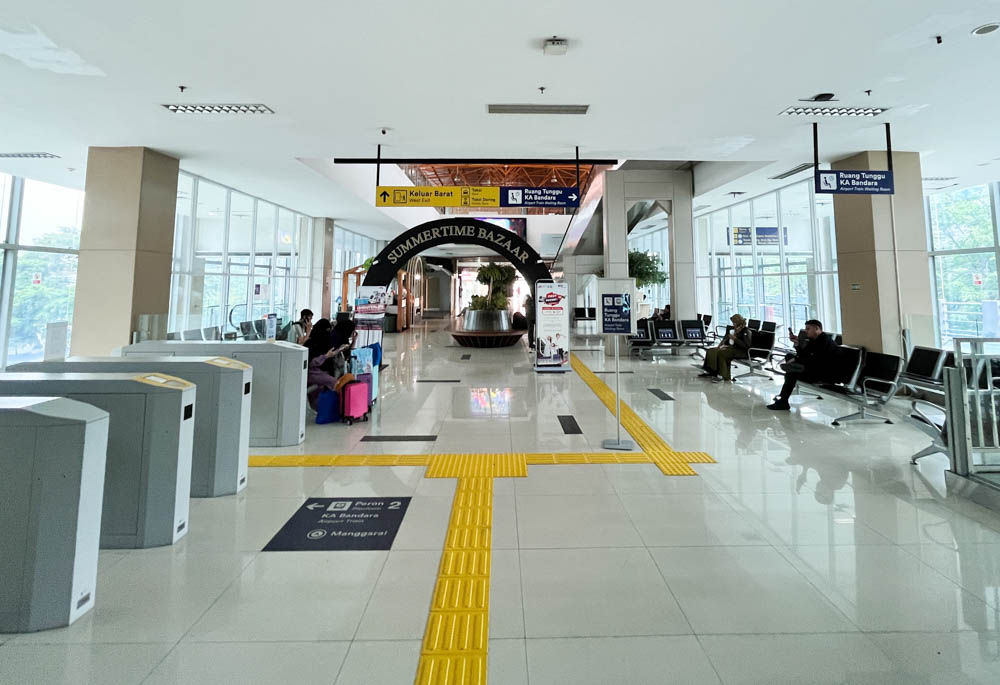
Boarding was called 5 minutes before departure, and passengers were led down the escalator to the westbound platform. The Railink shares its platforms with the KRL trains, meaning the boarding process is essentially the same as the KRL with station staff separating KRL passengers from Railink passengers.
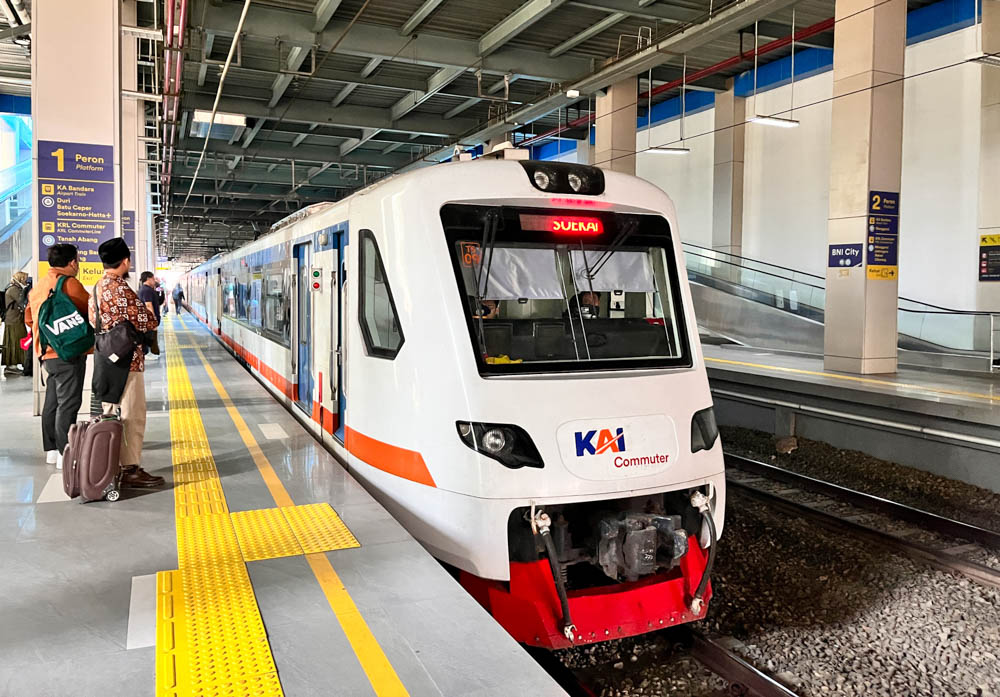
Onboard Cabin & Amenities
The Railink is operated by locally built 6-car PT INKA EA 203 EMU sets with a 1-class configuration onboard. Seats are arranged in an intercity style 2-2 layout, and the orientation of the seats are fixed in each carriage – Seats in each half of the carriage face towards the middle of the carriage. This means that on each trip, half the seats in each carriage are facing backwards.
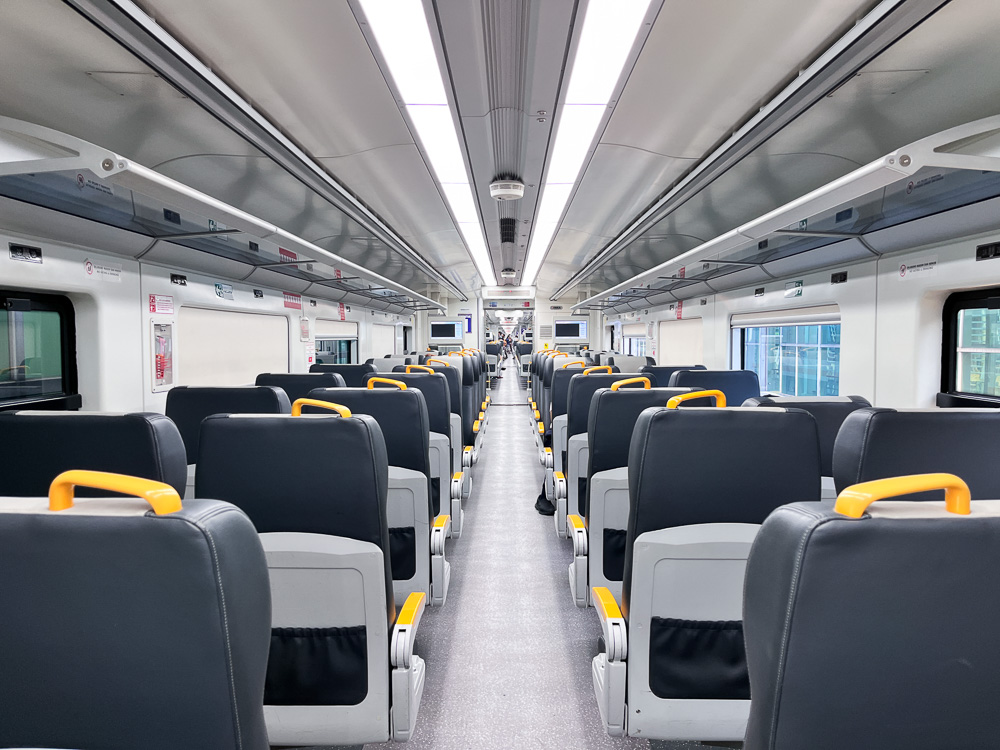
The seats themselves are upholstered in a PVC material that has held up well, although a number of the seat cushions are already showing visible signs of wear. The legroom is fantastic and one can easily fit a small roller bag (of cabin luggage dimensions) in the leg space. My only gripe with the seat is that the seat cushion is placed a bit low, which isn’t the most comfortable if you have long legs.
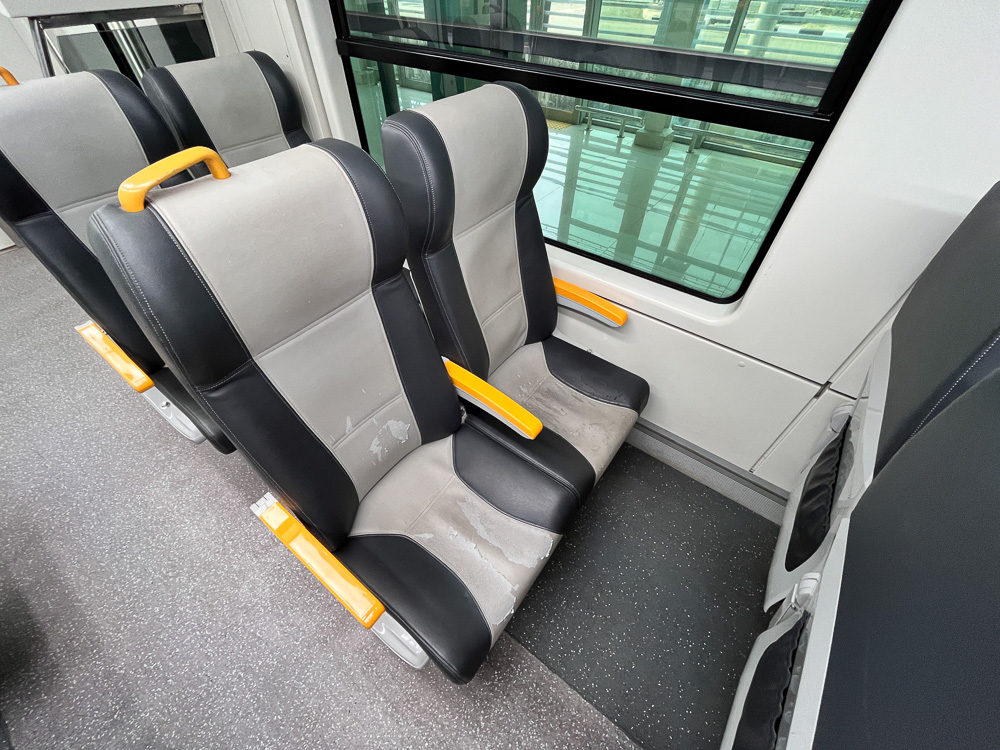
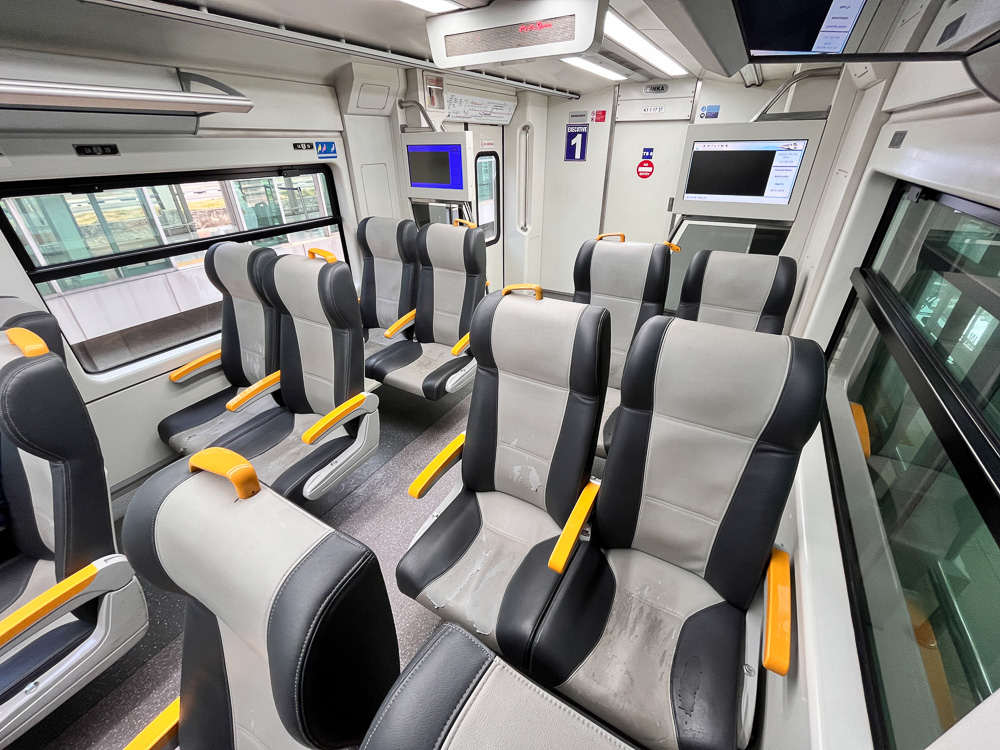
Onboard Amenities
The trains are fitted out specially for the airport service. There are multiple luggage racks onboard, and overhead racks are available for smaller items.
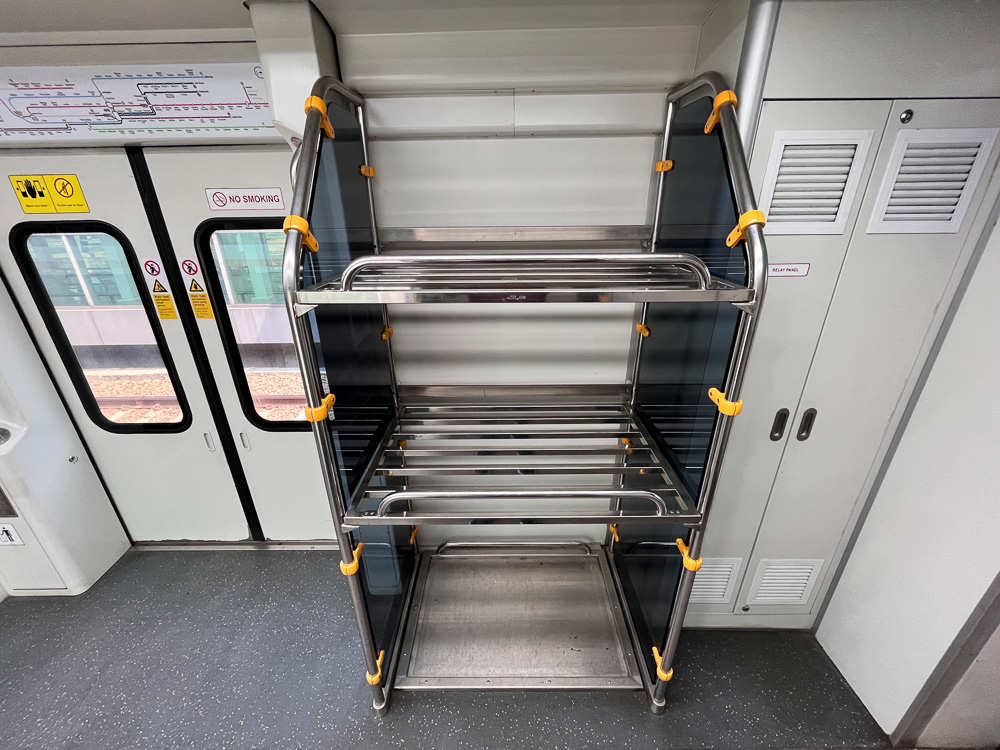
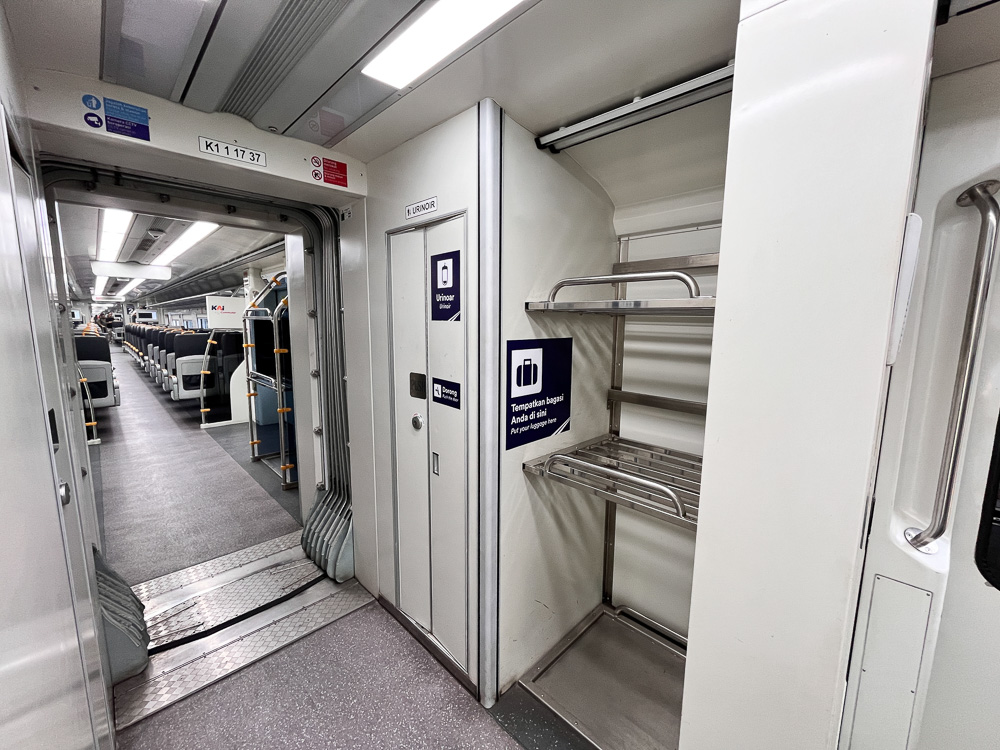
Both western style and squat toilets are available onboard the Railink trains. These are clearly marked to prevent confusion, and they were kept pretty clean. The western style toilet is marked as accessible and also features a nappy changing table. However, the space is quite small and may be insufficient for users with mobility issues.
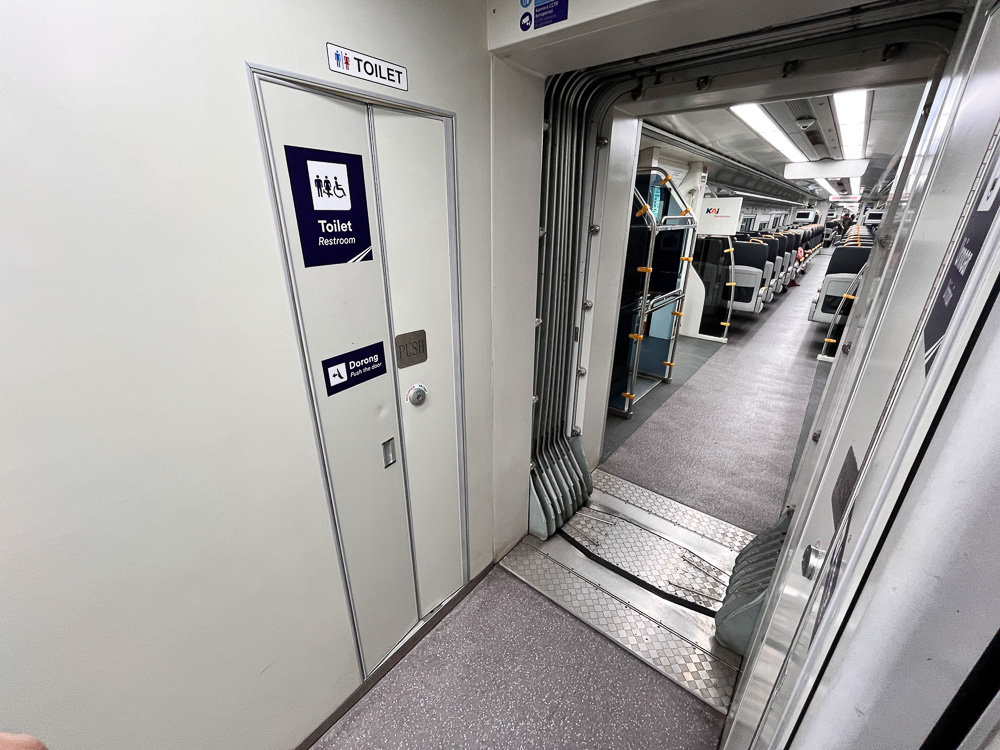
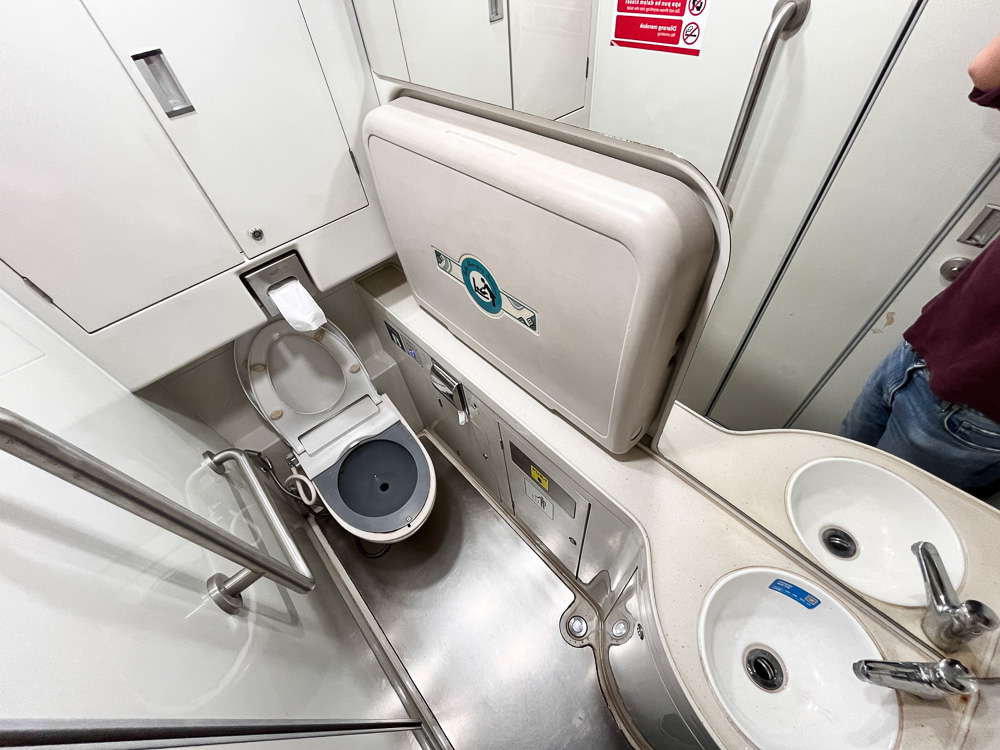
A map of the Jakarta rail network is also pasted above every pair of doors, but these seem to portray the rail network as completely integrated with no out-of-station interchanges required. This is evidently not quite true.
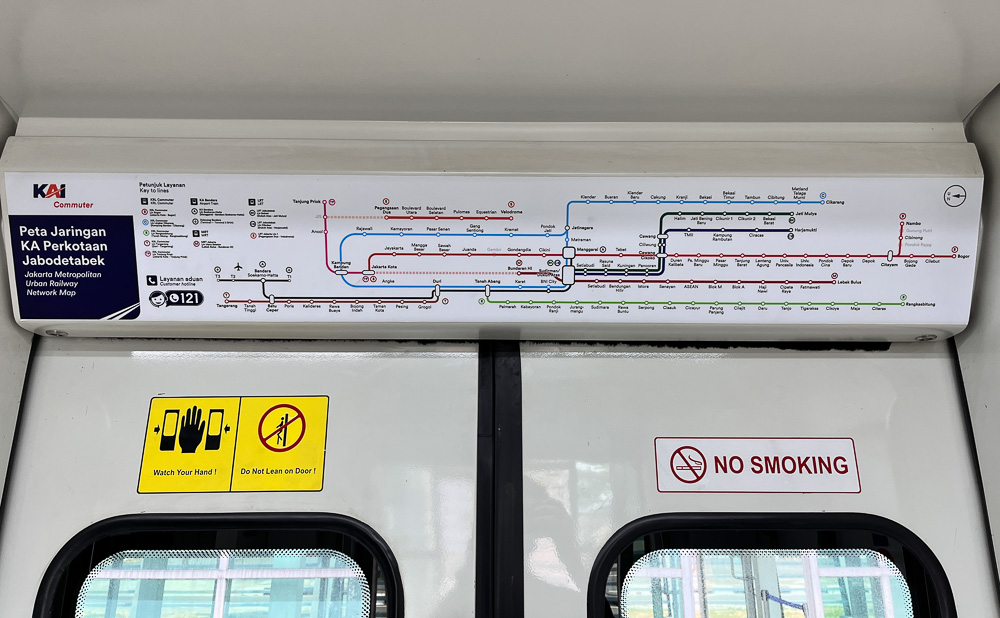
Ride Experience on the Railink
The Railink offers a generally smooth ride between the airport and the city. It shares the same tracks as the KRL Commuter lines, but trains are given priority over KRL trains. That, and plus the fact that a number of KRL stations are equipped with passing loops allow the Railink to keep to its published schedule without being held up behind slow commuter trains.
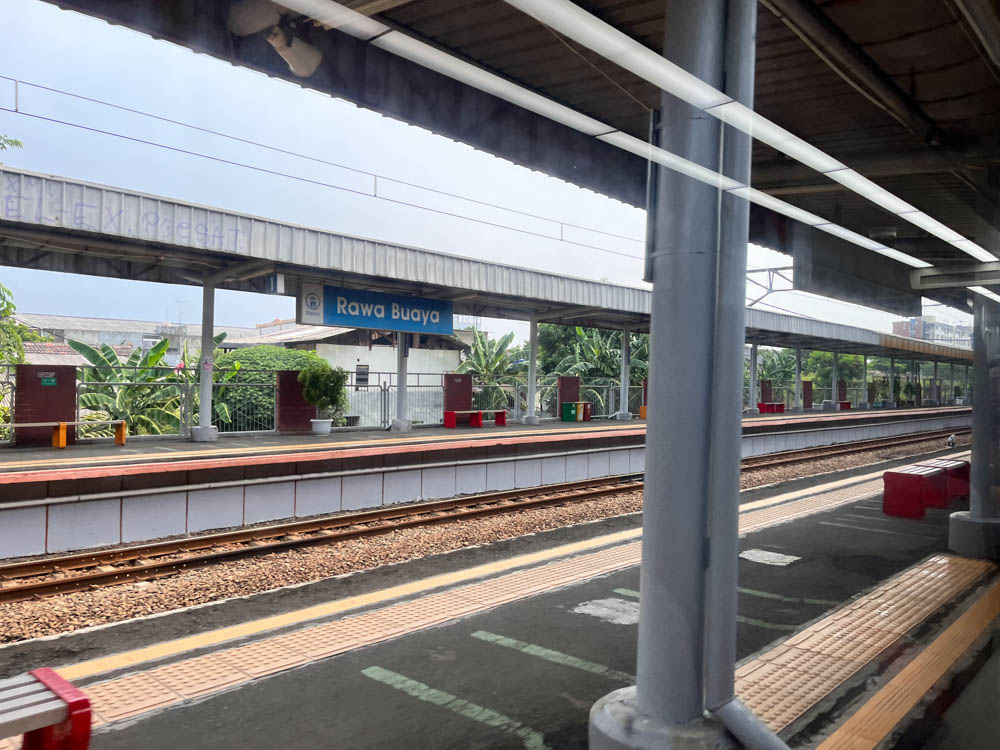
Contrary to usual practice for an airport rail link, the Railink’s alignment is anything but direct – the service diverges from the KRL tracks just before Batuceper station and proceeds along a newly constructed alignment that loops around the far western end of the airport.
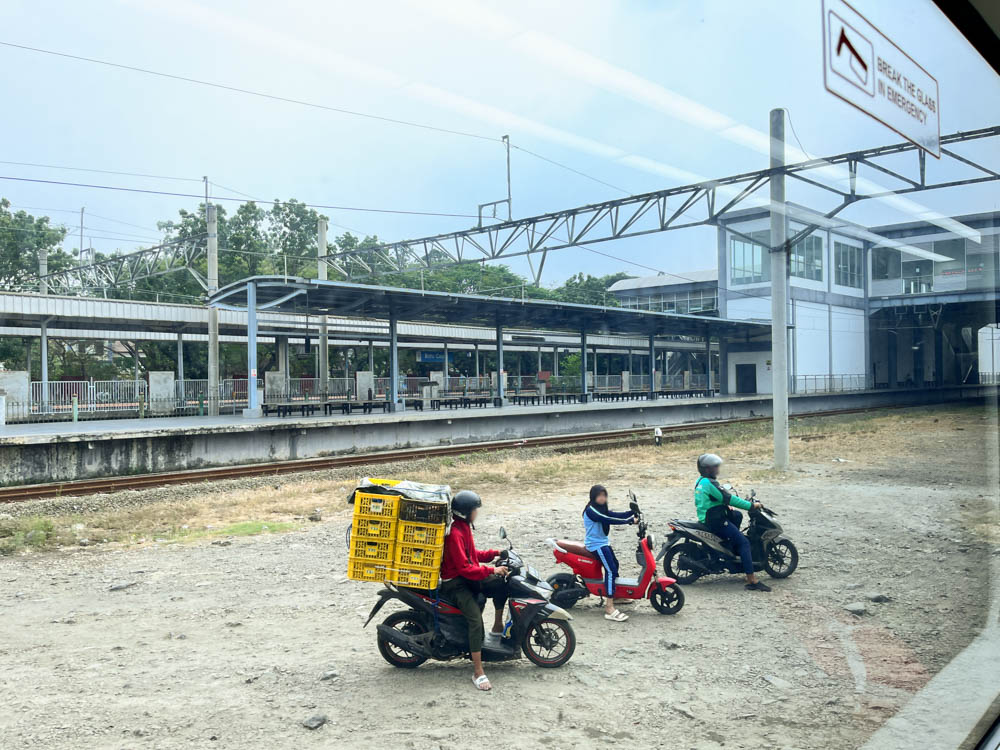
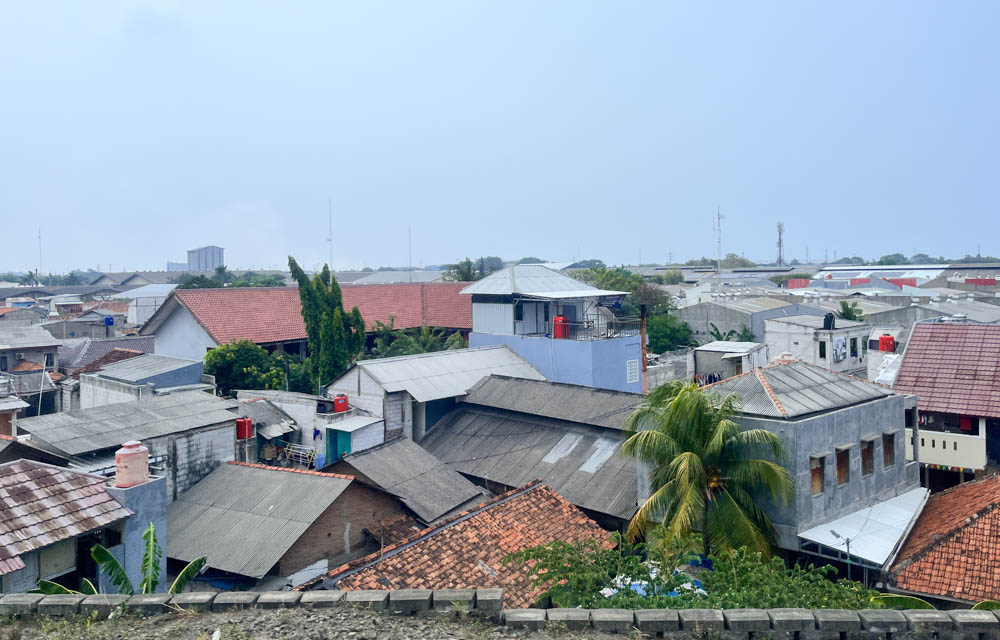
As the KRL runs on existing rail corridors for most of its journey, it offers visitors to Jakarta a sobering reminder of the inequalities in Jakarta’s urbanscape. BNI City, for example is located in the middle of a new financial district with glassy skyscrapers, but the surroundings transition to everyday densely packed suburbs of varying build qualities as the train speeds westwards.
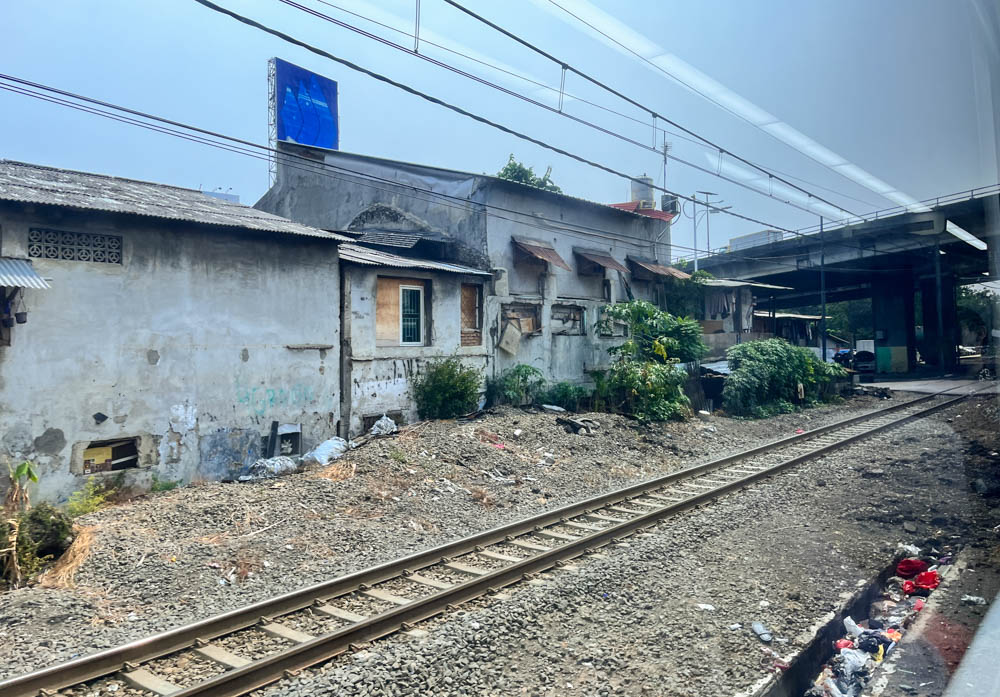
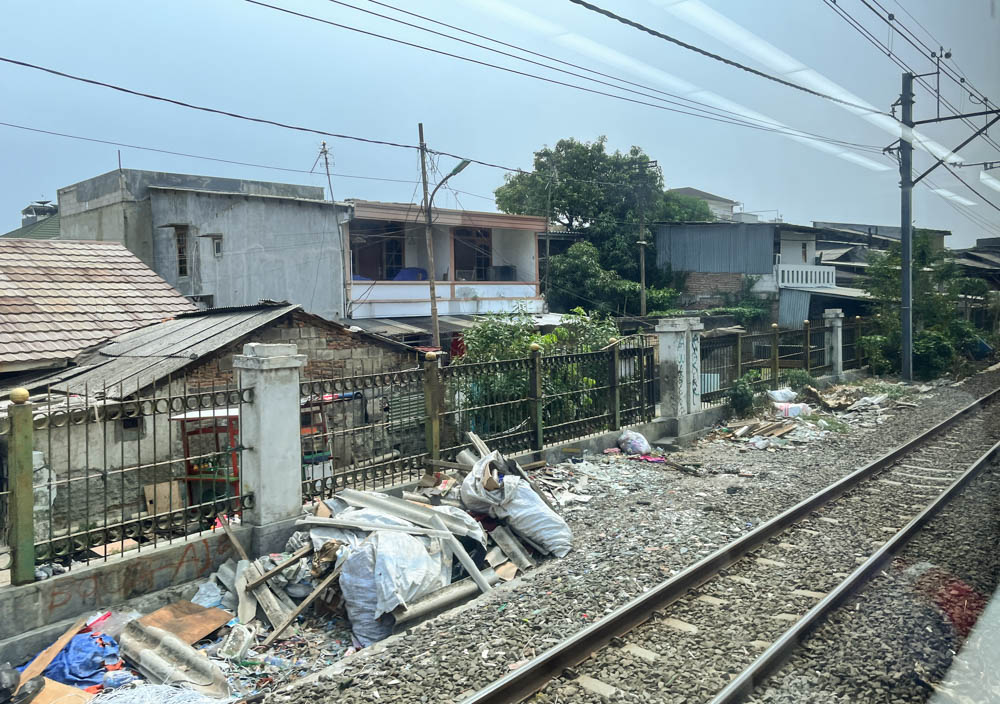
Arrival at Jakarta Soekarno-Hatta International Airport
We arrived at the Airport after 44 minutes of travel. The Airport station doesn’t connect directly to any of the airport’s 3 terminals. Instead, the station is positioned between Terminals 1 and 2, and a people mover system named “Skytrain” connects all 3 terminals to the station.
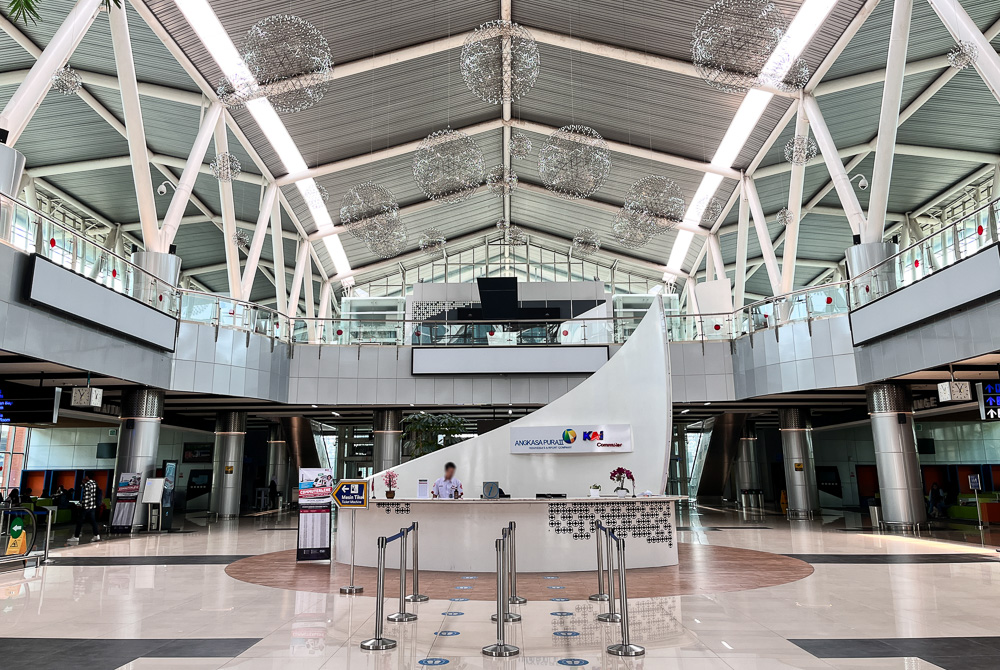
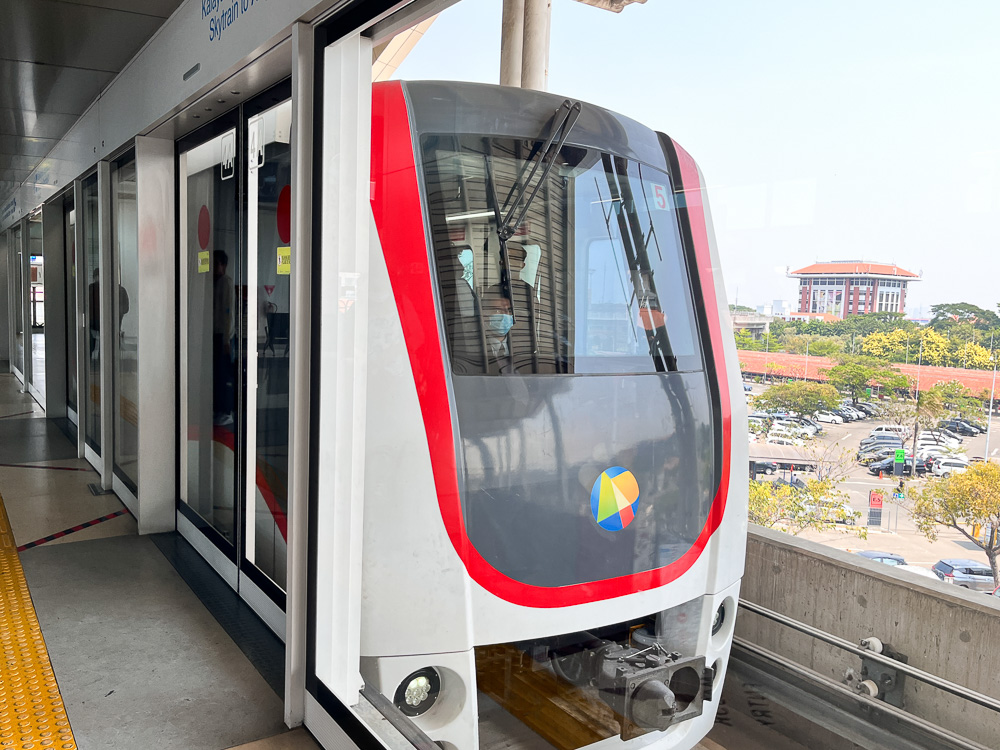
Notwithstanding the waiting time for the Skytrain and Railink, the entire ride took approximately 1 hour.
Final Thoughts
I think the Railink is a pretty good option for travel to the Airport, and its primary advantage is that the trains are not held up by Jakarta’s notorious traffic. But the overall convenience really depends on whether you have luggage, whether you are part of a larger group, and also whether you can get to any of the Railink stations conveniently – bearing in mind that you will still have to drive to a Railink station if you cannot connect to one with the KRL, MRT, LRT, or the Transjakarta BRT.
Other alternatives exist for travel to and from the airport. DAMRI, for example, offers bus connections directly to multiple destinations within and outside the Jakarta urban area. If you have a lot of luggage and/or need flexibility, then a Bluebird taxi is also a much better option than the Railink.
Assuming everything works in your favour, however, I would still recommend the Railink as a stress-free option for travel to the airport.
Comments
2 responses to “PT KAI: Jakarta Airport Railink from BNI City to Soekarno-Hatta International Airport”
[…] example, Dukuh Atas BNI has only one TVM installed, and this station is an important interchange with the KRL and Airport Railink; Some other stations do better such as Fatmawati with a grand total of three TVMs. Granted, most […]
[…] For the trip on the Railink from BNI City to the Airport, click here. […]